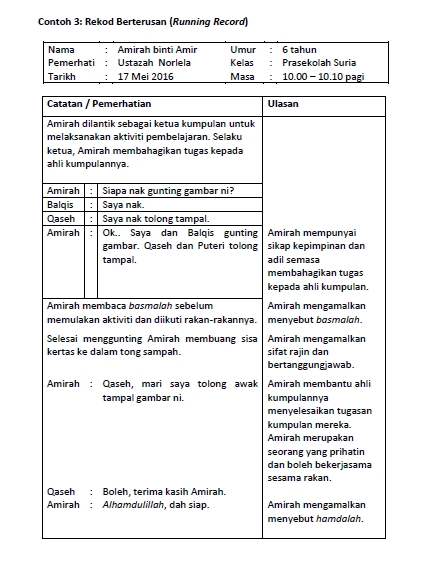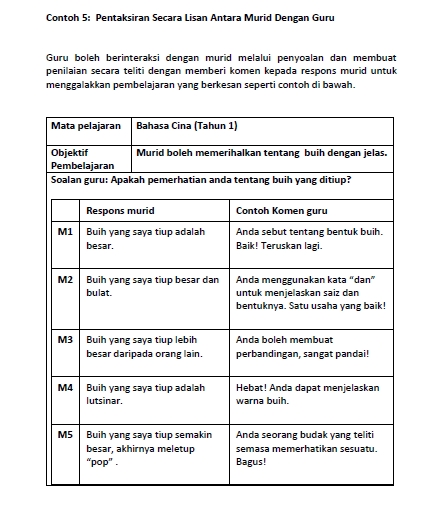Unlocking Student Potential: The Power of Teacher Feedback in Project-Based Learning
Imagine a classroom buzzing with activity. Students collaborate, problem-solve, and create, deeply engaged in a hands-on project. But what happens when their work is complete? How do we ensure their learning journey continues? This is where the crucial role of teacher feedback comes into play, especially within the dynamic context of project-based learning (PBL).
In traditional educational settings, feedback often takes the form of grades and brief comments on assignments. While these have their place, they often lack the depth and personalization needed to truly guide student growth. Project-based learning, with its emphasis on student-driven exploration and real-world application, demands a more nuanced approach to feedback.
Effective teacher feedback in PBL extends beyond simply evaluating the final product. It becomes an ongoing dialogue, a continuous loop of support and guidance throughout the entire learning process. This ongoing feedback cycle empowers students to take ownership of their learning, fostering self-reflection, critical thinking, and a deeper understanding of the subject matter.
Now, you might be thinking, "This sounds great in theory, but how does it actually work in practice?" Let's delve into the practicalities of providing impactful teacher feedback in PBL environments and explore the transformative potential it holds for both students and educators.
Think of a student working on a history project about ancient civilizations. Instead of just grading the final presentation, imagine the teacher providing regular feedback throughout the process. This could involve commenting on the student's research approach, offering guidance on source analysis, suggesting improvements to their presentation outline, and providing encouragement along the way. This type of ongoing, constructive feedback allows students to learn from their mistakes, refine their skills, and ultimately produce higher-quality work.
Advantages and Disadvantages of Detailed Feedback in Project-Based Learning
| Advantages | Disadvantages |
|---|---|
| Promotes deeper learning and understanding | Can be time-consuming for teachers to provide in-depth feedback on numerous projects. |
| Encourages student reflection and self-assessment | Requires a shift in mindset from traditional grading practices. |
| Provides personalized guidance tailored to individual learning needs | Students may initially resist detailed feedback if they are accustomed to traditional grading methods. |
| Creates a culture of continuous improvement in the classroom |
Five Best Practices for Effective Feedback
1. Make it Timely and Specific: Feedback is most effective when it's delivered close to the point of performance. Instead of waiting until the end of the project, offer regular feedback at key milestones. Focus on specific aspects of the student's work, providing clear and actionable suggestions for improvement.
2. Focus on the Process, Not Just the Product: While the final product is important, place equal emphasis on the learning process. Provide feedback on students' collaboration skills, problem-solving strategies, research methods, and communication techniques.
3. Encourage Student Reflection: Before providing your feedback, ask students to reflect on their own work. What are they most proud of? What challenges did they encounter? What would they do differently next time? This self-reflection helps students take ownership of their learning and prepares them to receive feedback more effectively.
4. Use a Variety of Feedback Methods: Feedback doesn't always have to be written. Consider incorporating verbal feedback, peer reviews, digital annotations, and even video or audio recordings. Experiment with different methods to find what works best for you and your students.
5. Create a Culture of Feedback: Establish a classroom environment where feedback is viewed as a positive and essential part of the learning process. Encourage students to provide constructive feedback to their peers and model the giving and receiving of feedback in a respectful and supportive manner.
Five Real-World Examples of Effective Feedback
1. The Science Fair Project: Instead of simply grading the final display board, a teacher provides ongoing feedback on the student's experimental design, data analysis, and presentation skills throughout the project.
2. The Group Multimedia Presentation: A teacher uses a digital tool to provide time-stamped feedback on a group's video project, offering specific suggestions for improving their script, visuals, and overall message.
3. The Creative Writing Workshop: Students participate in peer review sessions where they provide constructive criticism and suggestions on each other's short stories, followed by a one-on-one conference with the teacher to discuss their individual progress.
4. The Engineering Design Challenge: A teacher uses a rubric to provide specific feedback on each stage of the design process, from brainstorming and prototyping to testing and refining their solutions.
5. The Community Service Project: A teacher meets with students regularly to discuss their progress, challenges, and lessons learned while planning and implementing a community service initiative, providing guidance and support along the way.
Five Common Challenges and Solutions in Providing Feedback
| Challenge | Solution |
|---|---|
| Lack of Time | Prioritize feedback by focusing on key learning objectives and leverage technology (digital rubrics, audio/video feedback) to streamline the process. |
| Student Resistance to Feedback | Create a culture of feedback by explicitly teaching students how to give and receive feedback constructively. |
| Difficulty in Providing Specific and Actionable Feedback | Use clear and concise language, provide concrete examples, and focus on one or two areas for improvement at a time. |
| Ensuring Feedback is Equitable and Inclusive | Be mindful of unconscious bias and strive to provide feedback that is fair, objective, and tailored to individual student needs. |
| Measuring the Impact of Feedback on Student Learning | Use a variety of assessment methods (self-reflections, peer assessments, pre-and post-project assessments) to track student growth and the effectiveness of your feedback strategies. |
Frequently Asked Questions about Feedback
1. How often should I provide feedback during a project? The frequency of feedback will depend on the length and complexity of the project, but aim to provide feedback at least once a week, especially during critical stages.
2. What's the best way to deliver feedback? Experiment with different methods (written, verbal, digital) and tailor your approach to the individual student and the specific task.
3. How can I ensure students actually use my feedback? Encourage students to reflect on feedback, set goals for improvement, and revise their work based on your suggestions.
4. What if students don't agree with my feedback? Create a safe space for open dialogue and encourage students to respectfully share their perspectives.
5. How can I make feedback more efficient? Use technology (rubrics, online platforms) to streamline the feedback process and consider peer feedback as a valuable supplement.
6. How do I balance providing support with encouraging student independence? Gradually release responsibility to students as they progress through the project, offering guidance while fostering their autonomy.
7. How can I involve parents in the feedback process? Share examples of student work and feedback during parent-teacher conferences or through online platforms to keep parents informed of their child's progress.
8. What are some resources for further learning about feedback? Explore books, articles, and professional development opportunities on effective feedback strategies, formative assessment, and project-based learning.
Tips and Tricks for Implementing Effective Feedback
Use Technology Wisely: Explore digital tools and platforms to enhance your feedback practices (e.g., Google Classroom, Seesaw, Flipgrid).
Incorporate Peer Feedback: Train students to provide constructive feedback to their classmates, fostering a collaborative learning environment.
Celebrate Growth and Effort: Recognize and acknowledge student effort, progress, and improvement over time.
Reflect on Your Feedback Practices: Regularly evaluate the effectiveness of your feedback strategies and make adjustments as needed to meet the evolving needs of your students.
In the end, teacher feedback in project-based learning is not merely about pointing out mistakes or assigning grades. It is about fostering a love for learning, igniting curiosity, and empowering students to reach their full potential. By embracing a growth mindset, providing specific and timely feedback, and fostering a culture of continuous improvement, we can transform our classrooms into dynamic learning hubs where every student thrives. Remember, effective feedback is not a one-time event; it's an ongoing conversation, a journey of shared discovery, and a testament to the transformative power of education.
Decoding todas las cosas que necesitas saber your ultimate guide
Unleashing efficiency your guide to the senarai tugas pembantu tadbir aset asset management assistant task list
Locked out of outlook heres why how to fix it










